How do I install an exhaust fan on a flat roof
ecranny
12 years ago
Related Stories

MATERIALSThe Most Popular Roofing Material is Affordable and Easy to Install
Asphalt shingles, the most widely used roof material in the U.S. are reliable and efficient, and may be right for you
Full Story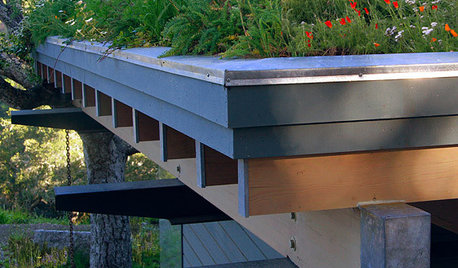
EARTH DAYHow to Install a Green Roof
Covering a roof with low-maintenance plants has benefits beyond just beauty. Get the details here
Full Story
HOUZZ TVHouzz TV: How to Install a Rain Barrel
This DIY tutorial shows how easy it can be to capture rainwater from your roof to use in your garden later
Full Story
GARDENING GUIDESHow to Install a Drip Irrigation System
Save time and water with a drip watering system in your vegetable garden — a little patience now will pay off later
Full Story
DOORS5 Questions to Ask Before Installing a Barn Door
Find out whether that barn door you love is the right solution for your space
Full Story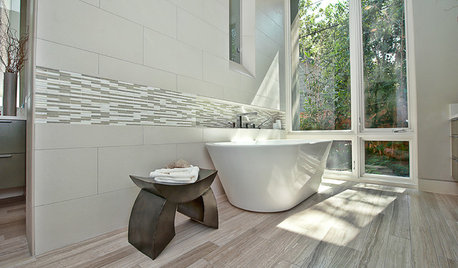
BATHROOM DESIGNHow to Match Tile Heights for a Perfect Installation
Irregular tile heights can mar the look of your bathroom. Here's how to counter the differences
Full Story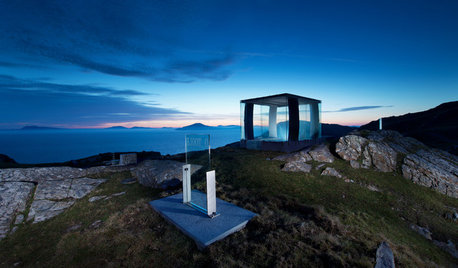
ARCHITECTUREAn Irish Island Gets a Most Meaningful Installation
Modern design meets ancient traditions in County Mayo, in architecture that celebrates spirit of place
Full Story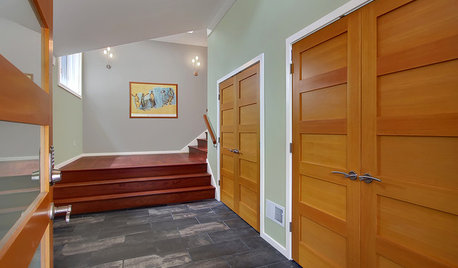
DOORSContractor Tips: Choosing and Installing Doors
Picking a door involves more than just visual appeal. Here's what you need to know to make sure your doors and hardware last
Full Story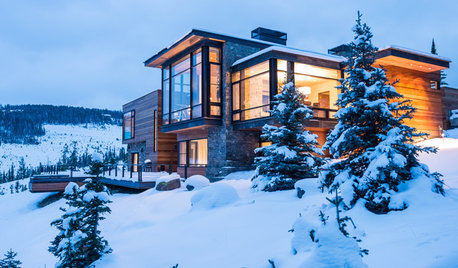
ARCHITECTUREHave Your Flat Roof and Your Snow Too
Laboring under the delusion that flat roofs are leaky, expensive and a pain to maintain? Find out the truth here
Full Story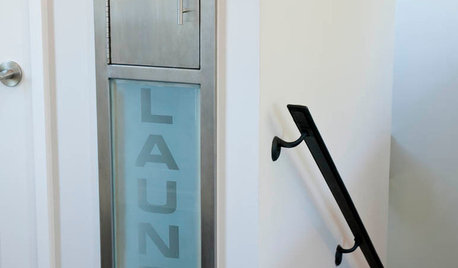
GREAT HOME PROJECTSHate Hauling Laundry? Give Dirty Clothes the Chute
New project for a new year: Install a quick route to the laundry room
Full StoryMore Discussions








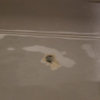
GammyT
sierraeast
Related Professionals
Eagle Kitchen & Bathroom Remodelers · Cave Spring Kitchen & Bathroom Remodelers · DeSoto General Contractors · Dover General Contractors · Green Bay General Contractors · Lakeside General Contractors · Norfolk General Contractors · Rowland Heights General Contractors · Wright General Contractors · Annapolis Painters · East Renton Highlands Painters · Fairhaven Painters · Manchester Painters · Murfreesboro Painters · Irondale PaintersecrannyOriginal Author
sierraeast
brickeyee
youngsota
brickeyee